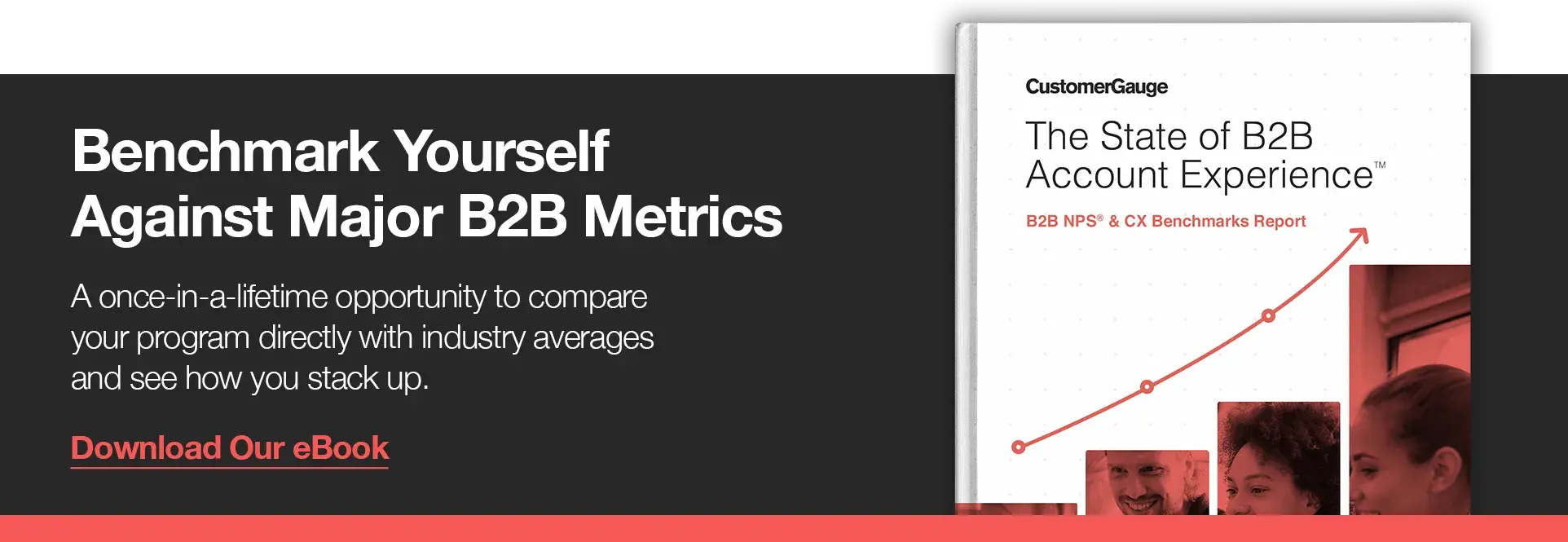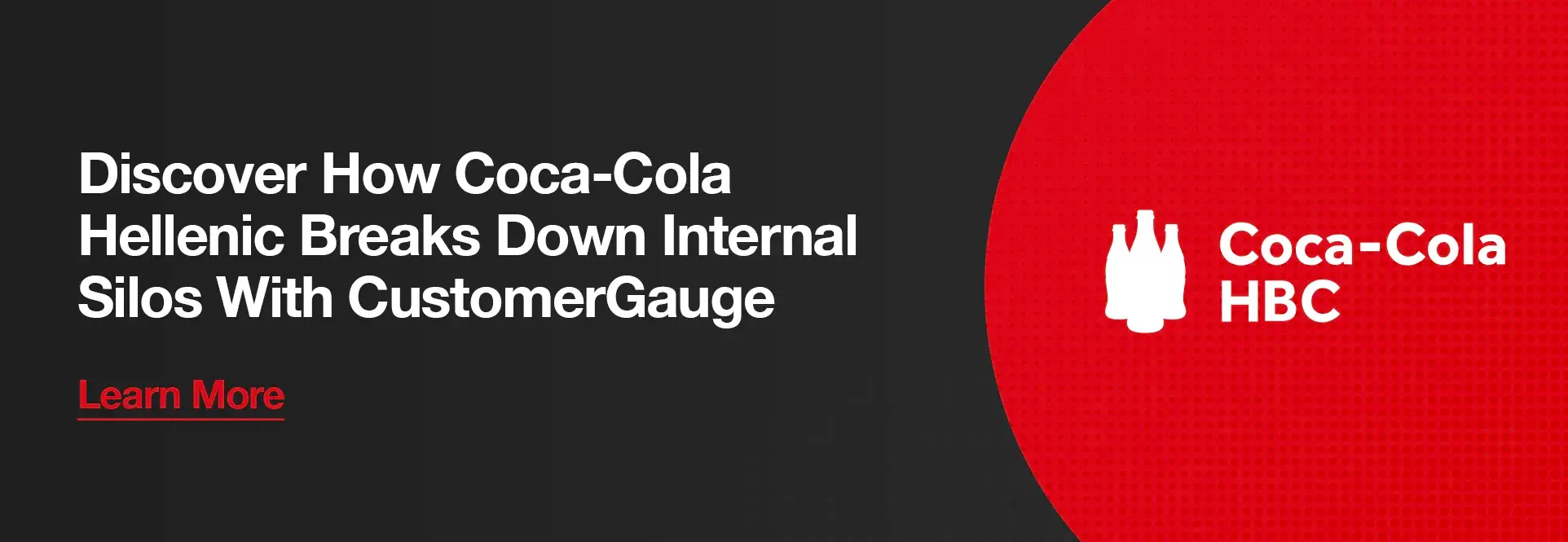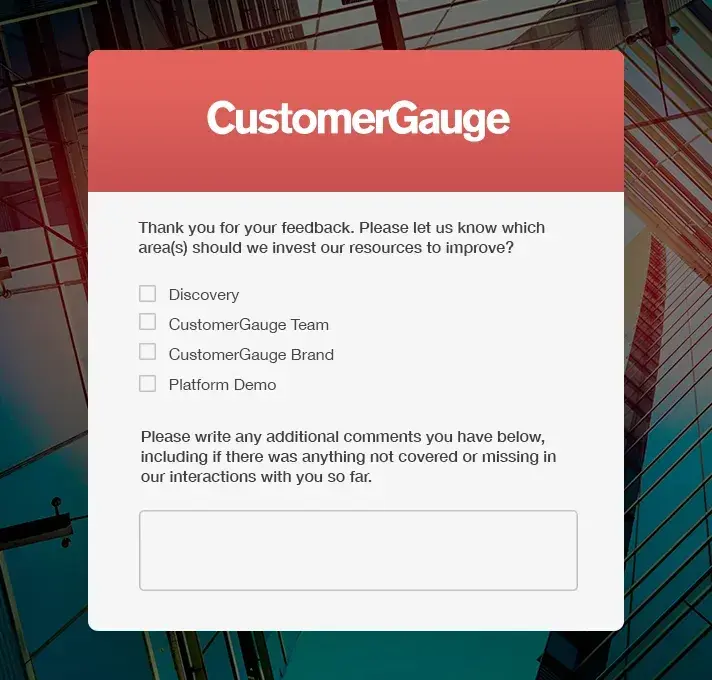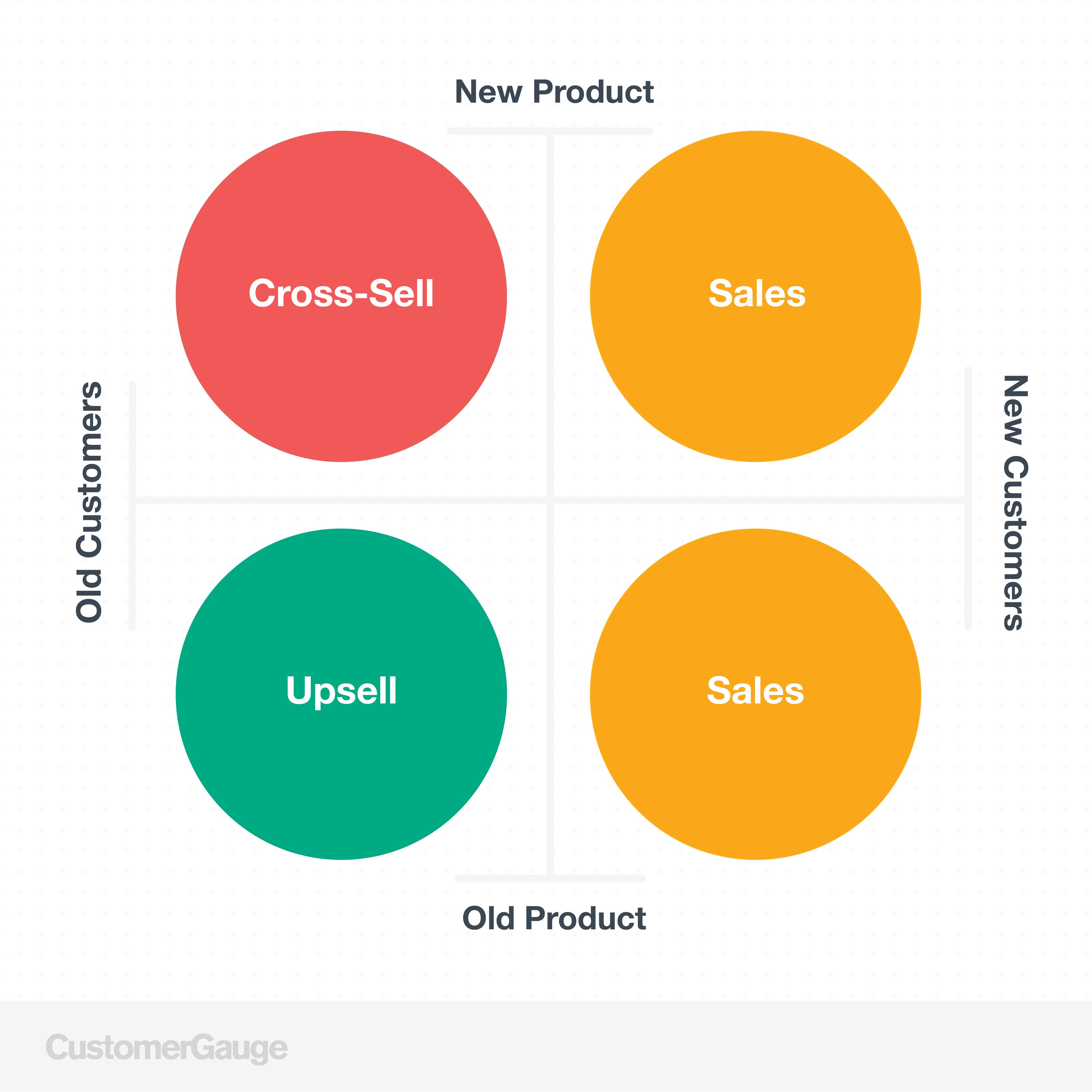If your Voice of Customer (VoC) system doesn’t include revenue, you’re lagging behind—and that can have very real financial implications for your business.
But there’s hope. By integrating financial analysis into your VoC system, you can transform your customer experience data into the revenue-boosting asset it should be.
Ultimately, by incorporating revenue into your VoC system, you’ll reduce churn, identify and action growth opportunities, and improve your bottom line.
We’ll show you how to link up customer experience data with revenue in 6 steps. But first, a quick spin around the basics.

What Is a Voice of Customer System?
A Voice of the Customer system is a formalized structure for you to integrate customer feedback into your business.
While it’s not hard to see why that matters, businesses often struggle to get a VoC program off the ground effectively. Without a clear line to revenue, it can be difficult to convince senior management of the program’s ROI or make high-priority decisions that grow the bottom line.
CustomerGauge’s goal is to build the most effective methodology and software for B2B experience programs—where many businesses are severely lacking in systematic approaches to VoC.
Our research found that:
70% of companies do not have their experience program linked to financial data
62% of companies do not calculate the ROI of their experience program
This is a massive missed opportunity. But it doesn’t have to stay that way. By linking VoC to revenue, your organization will more readily be able to reduce churn, drive sales, and use referrals to grow your business.
Before we move onto the 'how' let's hear some unique insight from an industry expert.
What Do Most Companies Get Wrong in Their Voice of Customer System?
We chatted to Cary T Self, CustomerGauge’s VP of Education, and 10+ year industry veteran, to find out what most companies get wrong in their voice of customer programs.
“One of the biggest mistakes that most companies make when it comes to their voice of the customer program is not getting everyone involved.
“The bottom line is that customer experience has to be ingrained in the culture of the organization from the top leadership all the way through to the front line and even to the customer.
“Instead of giving examples of mistakes that I’ve made or I’ve seen other companies make, I will share a few good examples of companies that are doing it right…
Intuitive Health. Overall patient experience is made as important as the amount of revenue that’s driven. Every single person that’s involved with the patient experience at Intuitive Health understands what the mission is and why it’s important, from the person who smiles and greets you at the front door and gets you set up, to the nurses that draw blood and do tests, to the doctors that see you and provide care, all the way through to billing and the team that follows up with you on your visit. In addition, every level of leadership talks about it and backs it up by providing education on how to do it better.
Coca-Cola Hellenic (CCH). We’re talking about a global organization that operates in multiple countries with multiple languages and cultures. But with all the differences they still have established a single baseline of what is important… how you treat the customer.
They see everyone in the process as being important to the overall success and growth of the organization. CCH leaves nobody out when it comes to creating great experiences and truly understanding where they can improve by making sure they are constantly asking, listening, and acting on feedback.”

Using Your Voice of Customer System to Close the Loop
VoC and customer experience (CX) are two parts of the same whole. VoC is about collating and analyzing customer feedback, whereas CX is about delivering that experience to those customers. If the whole is working as it should, CX will take into account the VoC in a way that optimizes growth for your business.
That’s where the practice of “closing the loop” comes in. You hear what your customer has said and then integrate that back into your business. Your customer feels heard, understood, and valued—meaning that the likelihood of them renewing their contracts (and contributing more to your bottom line) is greater.
In our B2B CX benchmark research, we found that only 26% of companies close the loop with all customers. But the rest are missing out, and their bottom line will suffer for it.

Of course, losing customers is detrimental to your business — but it’s important to consider just how much. U.S. companies lose $136.8 billion per year as a result of customer switching.
And, when you’re losing one customer, you’re likely losing more.
Meanwhile, the ripple effects of keeping one customer happy are shown far down the line. B2B companies have a 70% higher conversion rate through referrals. It makes sense then that a 5% increase in customer retention can improve a company’s profitability by 75%.
Plus, as this PWC research showed, companies that have great customer experience can charge a 16% premium on goods and services.
So, where do you start?
To prevent customer loss, you have to understand the revenue implications of your VoC system and how it’s impacting your business. This means including revenue in the analysis of your CX metrics at every step of the journey.
Here’s how.
6 Steps for Building Revenue into Your Voice of Customer System
Here are six steps for building a voice of customer system that's connected to revenue outcomes.
#1 Monetize Your Metrics
There’s no doubt that tools like Net Promoter Score (NPS) are important to understand how likely a customer is to recommend a business.
But an effective VoC system can’t end with a simple score. These metrics are only useful insofar as they have a relationship with your company’s bottom line.
That’s why we developed the Monetized Net Promoter Score, which ties your NPS score to revenue.
Imagine this:
Your department needs to report on your VoC system in order to justify spending. You offer up your NPS score. According to this, which is based on how likely your customer is to recommend your company to a friend or colleague, it seems like things are going pretty well. Your score is rising.
Except for the fact that your company’s revenue doesn’t seem to correlate to the findings of that score. And this makes you and your reporting look simply irrelevant.
Because here’s the thing with NPS (and other metrics like CES and CSAT): their value comes from how you use them.
That’s where Monetized Net Promoter comes into play. The heritage NPS metric allows you to track promoters, detractors, and passive customers. That’s useful, sure.
But that raw data then needs to be sculpted into something intrinsically useful to your organization. The truth is, you can have a lot of people likely to refer and nobody actually referring.
Or, as with Alchemista, who lost their largest customer before deploying our Account Experience technology, your high NPS score could be obscuring the fact that your one or two highest-value accounts are detractors.
Monetized Net Promoter tells you exactly where there are opportunities for retention, referrals, upsells, and cross-sells — and what all of this means for your revenue stream.
#2 Measure Your Retention Rate
Measuring your retention rate is an important first step to an effective VoC system — yet one that over 32% of companies don’t even do.
The goal here is to understand more than your NPS score will give you. You want to know which customers are churning, why they’re churning, and when they’re going to churn.
And that means putting a dollar amount into it. The way to do this? Figure out the “cost of doing nothing."
If you were to continue business as usual without doing anything differently, how many customers would you lose and what sort of hit would your business take? That’s the cost.
Once you start talking in terms that reflect the reality of your business growth—i.e. revenue lost and revenue gained—you inject clarity into your data, eliminate wasteful processes, and know where to allocate spending going forward.
#3 Calculate Your ROI
This is a big deal. You need to be able to justify the effort you are putting in and you need to be able to prioritize budget to the highest ROI projects. But while it may seem like a necessary step, not nearly enough companies are doing it. (In fact, our research showed that less than 40% are.)
One example of how Account Experience customers get clarity on their ROI is through our “driver value” widget (more on drivers in #4). The widget connects the account revenue size with the NPS score the company stakeholder left and the score driver (or “reason” for their score). These three let you know which CX issues are putting the most revenue at risk.
Pretty cool, right?
You can calculate your ROI and find out the cost of doing nothing with the CustomerGauge ROI calculator.
#4 Link Satisfaction Drivers to Revenue
Next, it’s time to link the factors that are driving customer satisfaction to revenue.
You get to know your root cause drivers by asking your customers what sits at the heart of their relationship with your product or brand. Why do they stick around? And what makes them churn?
Are your customers satisfied with your brand because you provide adequate support and training, because your products are easy to use, or because they arrive in a flash?
It’s important to understand the financial impact of each one of those elements so that you can feed it back into your business. And that’s not something that should be based on guesswork. Rather, it can be fully automated through VoC software.

Find out more. We take you through why understanding the relationship between drivers and revenue is so essential here.
#5 Identify and Create Up-Sale and Cross-Sell Opportunities
While you may be actively advocating for up-sale opportunities in your business, you may be missing huge opportunities in terms of how your VoC system integrates with them.
You wouldn’t be alone. 65% of B2B companies are not tying their up-sell/cross-sell efforts to their CX design (CustomerGauge, 2021).
Use the data you get through your VoC system metrics to understand who you need to cross-sell and up-sell to. It’s really about joining the dots between the positive feedback you get, the initial conversation with said customer and the future sale.
The good news is, with Account Experience, this can be built into your experience model and all fully automated.

#6 Use the Tools That are Appropriate for Your Business
It’s never been easier to gain access to data. And, if you match up with the right software, monetizing that data can be built into all of your VoC processes.
For example, we have found that what works for B2C cannot be simply transferred over to the B2B experience. For B2B, you need a robust platform that deals with the weightiness and unique complexities of this particular space.
As a result, we designed our Account Experience platform specifically for the B2B landscape. And this choice has proven to be very effective. Account Experience has been shown to improve ratings, catalyze significant growth, and eliminate customer churn.
What’s more, we’ve been consistently rated by Gartner as the number one VoC software for B2B brands.
Revenue and Your Voice of Customer System: The Bottom Line
For a Voice of the Customer system to be useful to your business, revenue must be included in its design.
That means integrating an understanding of the financial impact of each aspect of your VoC system through making use of an experience platform. If used effectively, this will revolutionize reporting, provide new opportunities, and ultimately catalyze growth.
Choose CustomerGauge, the number one ranked VoC platform for B2B brands. Get started here!

